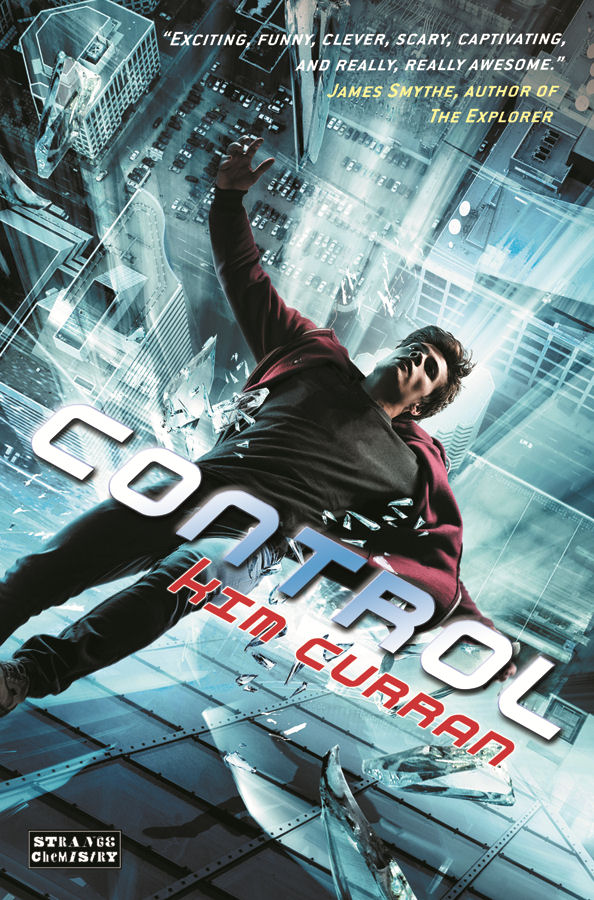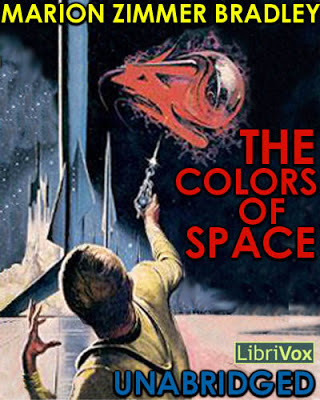Sam Kinnison is a geek, and he’s totally fine with that. He has his horror movies, his nerdy friends, World of Warcraft – and until Princess Leia turns up in his bedroom, he doesn’t have to worry about girls.Life in Outer Space is not speculative fiction, but it's about geeks and nerds and contains a lot of pop culture references (particularly horror movies) so I expect it will appeal to spec fic readers who enjoy YA. I read the US edition (cover pictured top) and I was gratified to see that Australian spelling and slang was mostly preserved. I was particularly glad to see the words "arse" and "Mum", the former of which shows up many times in the first few pages.
Then Sam meets Camilla. She’s beautiful, friendly and completely irrelevant to his life. Sam is determined to ignore her, except that Camilla has a life of her own – and she’s decided that he’s going to be part of it.
Sam believes that everything he needs to know he can learn from the movies ... but now it looks like he’s been watching the wrong ones.
 At its heart, Life in Outer Space is a story about Sam, a year 11 boy, his friends and, to a lesser extent, his enemies. The book tackles a few common teen issues such as parents getting divorced and difficult parents. There's also Sam's best friend, Matt, who mysteriously quits karate after years of loving it and Sam doesn't know how to confront or deal with the issue. Although there were some moments of teenagers being silly, I thought it was all quite realistic, despite Sam navigating his life with constant reference to movies.
At its heart, Life in Outer Space is a story about Sam, a year 11 boy, his friends and, to a lesser extent, his enemies. The book tackles a few common teen issues such as parents getting divorced and difficult parents. There's also Sam's best friend, Matt, who mysteriously quits karate after years of loving it and Sam doesn't know how to confront or deal with the issue. Although there were some moments of teenagers being silly, I thought it was all quite realistic, despite Sam navigating his life with constant reference to movies.I quite liked that it was set in Melbourne and that Keil wrote various Melbournian landmarks into the story. Sam and friends see movies at the Astor and go to Brighton Beach for a party. Although in terms of realism, I felt that maybe slightly more complaining about how long it takes to get anywhere in Melbourne via public transport (there were a few trips that must have required two trains to reach) would have been more believable. But really, that was my biggest complaint.
Keil deserves an award for how she dealt with the period of the book in which Sam is moping. Often those sections of books are disheartening to read but Keil peppers hers with witty lines that had me laughing out loud, possibly even more than in the more upbeat parts of the book. We understand Sam's pain but, in reading about it, the we needn't feel it ourselves.
My favourite storyline involved Sam assuming his life was following a particular movie trope (one I personally am not a fan of) but then subverting that trope. I know that sounds very vague, but spoilers. Suffice to say it was a very satisfying resolution.
Life in Outer Space was a very fun and enjoyable read. I highly recommend it to fans of YA, particularly fans of nerdy contemporary YA. I am impressed with this début novel and I will be interested to see what Keil writes in the future.
5 / 5 stars
First published: 2013, this edition: Peachtree Publishers (US) (Australian edition: Hardie Grant Egmont, second cover pictured)
Series: No.
Format read: eARC
Source: Peachtree Publishers via NetGalley
Challenges: Australian Women Writers Challenge





























